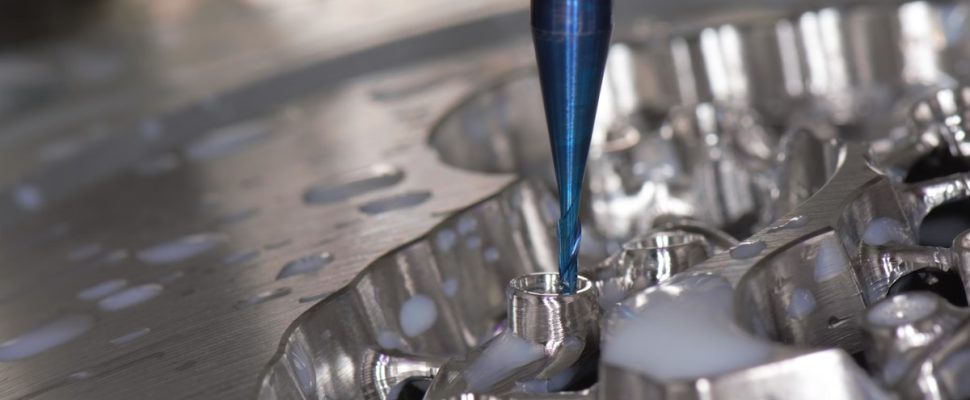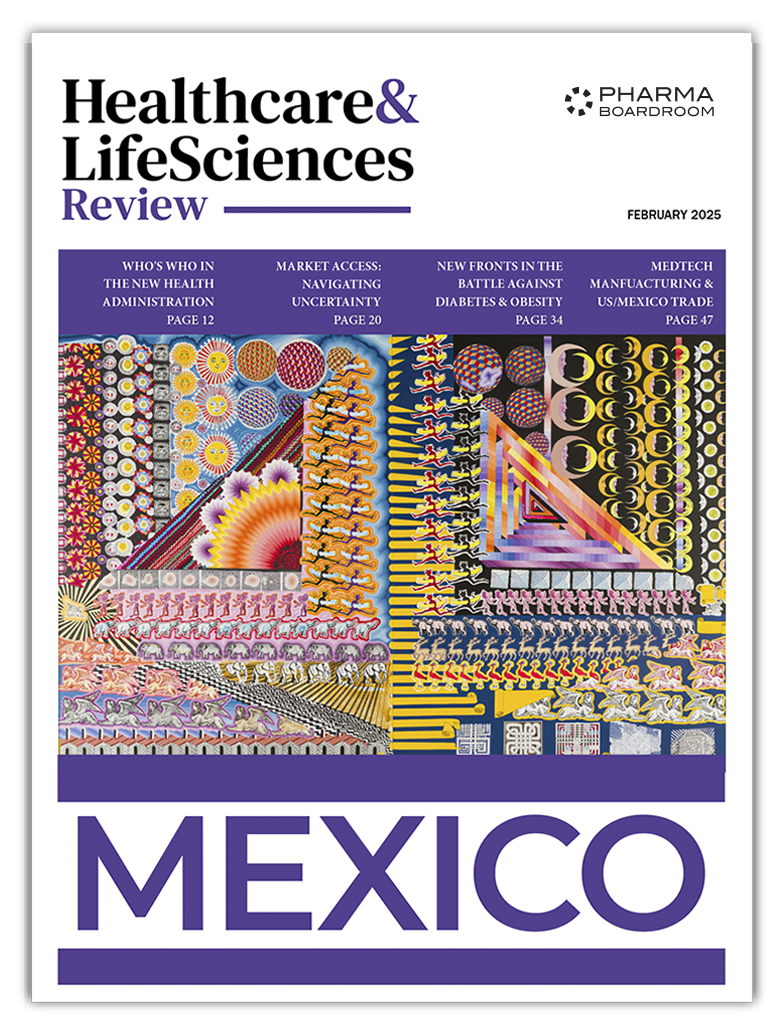Mexico has firmly established itself as a regional powerhouse in medical device manufacturing. The country is home to the second-largest medtech market in Latin America, employs around 160,000 people in the sector, and exports around USD 6.4 billion worth of medical devices annually, driven by major investments from global names such as Medtronic, J&J, and Baxter. However, with much of this investment predicated on Mexico’s proximity to the world’s largest market – the US – what impact will President Trump’s promise to impose tariffs of up to 25 percent on Mexican imports have?
Historic Investments
A host of household medtech names have gradually upped their footprints in Mexico over the past 30 years, driven by the country’s strategic location, skilled workforce, as well as policy initiatives. For example, under the pioneering ‘Maquila’ agreement (the (Industria Manufacturera, Maquiladora y de Servicios de Exportación (IMMEX) program established in 2006 to replace the older Maquiladora Program, companies can import goods duty-free for manufacturing and export purposes, strengthening Mexico’s position as a global manufacturing hub, particularly for the automotive, aerospace, and medtech industries.
This has led to a dense network of global medtechs establishing export-focused manufacturing facilities along the US-Mexico border which, as Ana Riquelme Francistain, executive director of medtech trade group Asociación Mexicana de Industrias Innovadoras de Dispositivos Médicos (AMID), points out, “allows companies established anywhere in Mexico to manufacture for export and get all the benefits of a free trade zone. This brings a level of stability and has attracted companies like Medtronic, Stryker, and Becton Dickinson to the country.”
Medtronic, for its part, now employs over 13,000 people in Mexico across four manufacturing sites and a commercial office. As Hector Orellana, the firm’s VP for North & Latin America explains “One in seven of our global employees is based in Mexico and we export more than 300 million units every year,” reinforcing the country’s critical role in the company’s supply chain.
It is a similar story at Johnson & Johnson MedTech, a division of the multinational corporation Johnson & Johnson. Victor Matos, Senior Commercial Director at J&J MedTech Mexico, outlines that “One out of every five medical devices distributed globally by J&J is ‘Made in Mexico.’” He adds, “That is quite significant, and it really shows the potential and scale of our operations here.”
And it is not just the big beasts of US medtech that are prioritising Mexico. Niche players, including those from Europe, also see great potential in the country as a manufacturing base. German firm OECHSLER, for example, which specialises in high-precision injection moulding, has had manufacturing operations in Mexico for 13 years. It currently provides many of the components for medical devices produced in the country.
CEO Daniel Kilian opines that “Over recent years, Mexico’s importance within the OECHSLER Group has grown substantially. Mexico has grown steadily and profitably without causing any concerns for our parent company. While the group’s focus had often remained on Asia, we now see Mexico rising to a position of equal importance within OECHSLER, potentially even surpassing our operations in China. “
Tension Time
However, Mexico’s status as a high-quality but lower cost medtech manufacturing hub for the US market has come under threat in the last half-decade. The boom years of the North America Free Trade Agreement (NAFTA) [a deal between the US, Canada, and Mexico aimed at eliminating barriers to trade and investment] from its signing in 1994 saw large swathes of US industry move to Mexico and other cheaper manufacturing destinations. However, this drove down wages and accelerated job losses in the US, among other issues, leading to its eventual replacement by the USMCA (United States-Mexico-Canada Agreement) in 2020.
Under the USMCA, the costs of operating in Mexico have increased, with strengthened worker protections and environmental enforcement in place, as OECHSLER’s Kilian worries: “While we certainly did not come here just to make a profit—we are committed to contributing to society in a socially responsible way—the move to equalize conditions, especially if done hastily, could have significant impacts on decisions about where companies choose to invest.” He continues, “If labour conditions become identical, it could lead companies to consider moving directly to the US, bypassing Mexico altogether.”
This situation is at risk of being exacerbated by an emboldened Trump White House pursuing an ‘America First’ economic agenda which has threatened 25 percent tariffs on imports from Canada and Mexico to decrease reliance on foreign sources and bolster US manufacturing. If enforced, this could have a chilling effect on the entire Mexican medtech sector. While the Mexican government has stayed the imposition of these tariffs for a month at the time of publication, it seems clear that the country’s medtech industry can no longer rely on a receptive policy environment in the US for its exports.
New Models Emerging
What options then exist for a manufacturing network primarily built to serve the US, but which now faces uncertain future demand from its closest neighbour?
Firstly, there is the opportunity to focus more attention on Mexico and Latin America. While the commercial prospects in the Mexican market (valued at around USD 8 billion) and LatAm (around 45 billion) pale in comparison to those in the US (around 200 billion), there are significant opportunities for expansion. “While many companies are still heavily focused on the US market, there is a growing recognition of the opportunities within Latin America, including Mexico,” says Carlos Hernandez, OECHSLER’s COO. “Our goal is to not only serve as a nearshoring hub for the US but also to contribute significantly to Mexico’s healthcare sector,” he says.
Others are looking to scale the value chain within Mexico to ensure their survival. For Francisco Chavez, VP & General Manager for Latin America at Thermo Fisher Scientific, part of the solution is “a transition away from the Maquila program, which involved manufacturing primarily for export with limited local value addition, to a model focused on designing and producing finished goods locally.”
By integrating the design process into Mexican production, Chavez, whose firm manufactures laboratory equipment, diagnostics, and other life sciences solutions, hopes that “Mexico can take on an enhanced role in our global supply chain.”
Medtronic’s Orellana is taking a similar tack, submitting that “Mexican manufacturers are not merely producing goods; they are pioneering new processes and technologies.” He adds, “Recently, we were proud to launch Percept PC, our latest Deep Brain Simulation technology, after navigating rigorous regulatory pathways. This followed the introduction of our Evolut FX balloon expandable valve, the first time in my two-decade career that I’ve overseen the launch of a product entirely made in Mexico.”
For its part, Japanese outfit Fujifilm, best known outside the industry as a photography supplier but renowned for its advancements in imaging technology, is also getting in on the act. Enrique Giraud de Haro, President & GM of Fujifilm Mexico, explains that “Our mobile X-ray system, developed in Mexico, has now been adopted globally due to its affordability, enhanced image quality, and reduced radiation exposure.”
Geopolitical tensions show no sign of abating, but Mexican medtech has already proved itself to be scrappy, innovative, and resilient over the years. Looking forward, the sector faces a critical juncture—balancing trade policy uncertainty, rising labour costs, and infrastructure challenges while seizing opportunities in Latin American expansion and high-value manufacturing. Whether the sector thrives or stalls will depend on how effectively industry leaders and policymakers adapt to these shifts.


